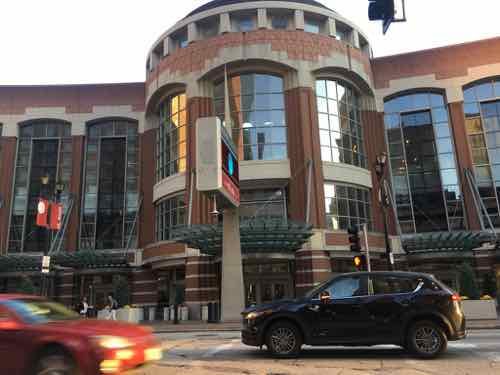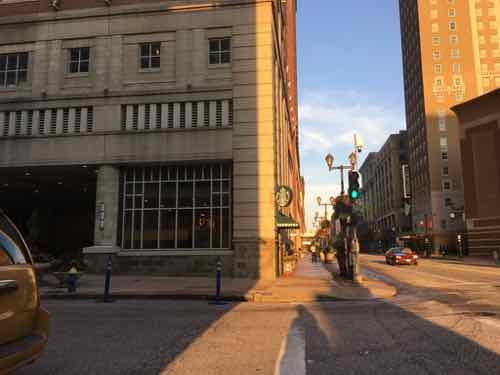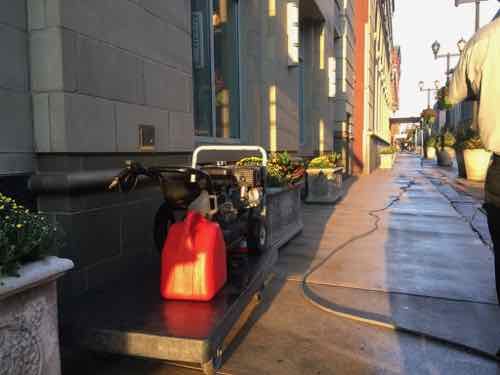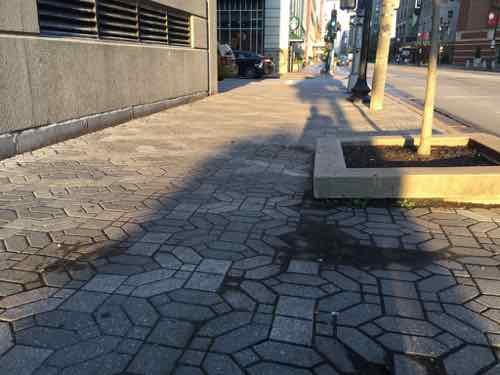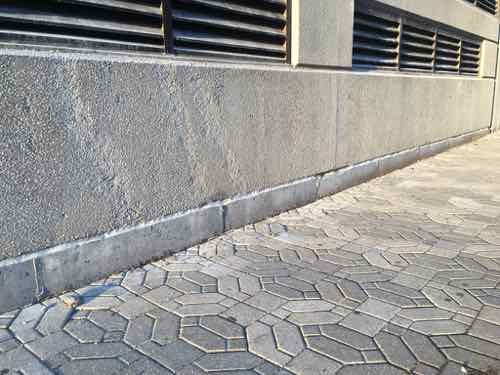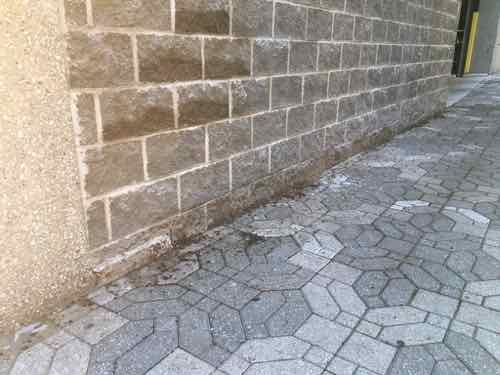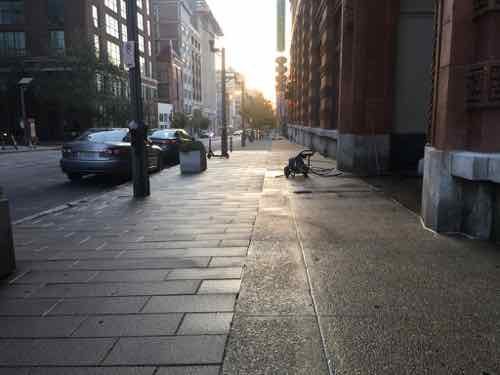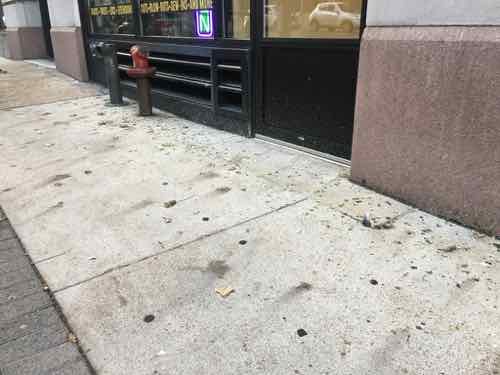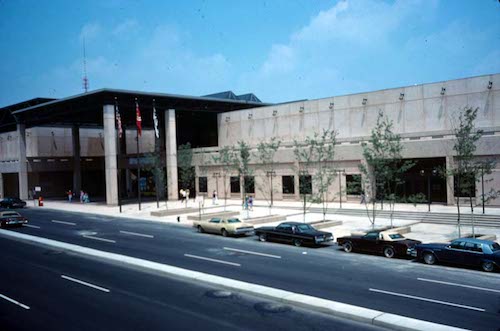Opinion: Larry Rice Should Not Reopen Homeless Shelter
As a resident of the City of St. Louis for 28+ years I’ve interacted with homeless persons on many occasions, mostly in the last 11 years (as of next month) I’ve lived downtown. I’ve talked to many, bought beverages/food for some, and two have been to my loft for a shower and meal.
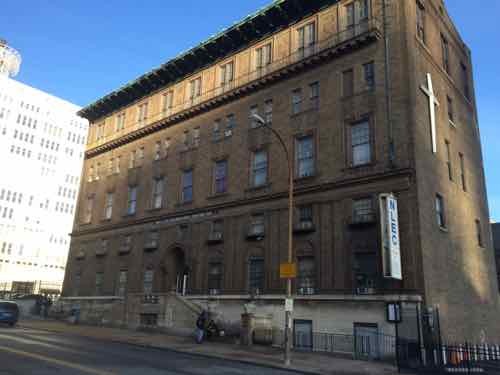
I’m no social worker, but this is a subject that has held my interest for a very long time. There are five main causes of homelessness:
When Housing is Out of Reach More than at any other time, there is a lack of housing that low income people can afford. Without housing options, people face eviction, instability and homelessness. Income and Housing Affordability Low income households often do not earn enough to pay for food, clothing, transportation and a place they can call home. Connecting Homelessness and Health Health and homelessness are inextricably linked. Health problems can cause a person’s homelessness as well as be exacerbated by the experience. Housing is key to addressing the health needs of people experiencing homelessness. Escaping Violence Many survivors of domestic violence become homeless when leaving an abusive relationship. Impact of Racial Disparities Most minority groups in the United States experience homelessness at higher rates than Whites, and therefore make up a disproportionate share of the homeless population.
For years shelters required people to not be under the influence of alcohol or other substances to receive any services. Faith-based shelters often also required participation in their worship activities. This meant many would be turned away or they wouldn’t even bother going. It’s nearly impossible for those with mental health issues or addictions to address those without a safe place to sleep at night.
Aware of how service providers cobbled together a system that unintentionally victimized the people it aimed to help, Sam Tsemberis, PhD, in the 1990s developed a model known as Housing First. Its goal is to quickly provide safe, affordable, permanent housing quickly to people who are experiencing homelessness, particularly, although not solely, those with chronic homelessness and co-occurring conditions such as mental illness or substance use disorders. Housing First programs require few or no preconditions, such as participation in mental health or substance use disorder treatment, from the people they serve. In addition to permanent housing, Housing First programs provide a wide range of wraparound services that are readily available to participants and offered assertively, but not required. Studies show that that when people experiencing homelessness are given safe, stable, affordable housing, they are better able to address other problems and needs in their lives, such as substance use disorders and mental illness. As a result, homelessness, frequent use of hospital emergency departments, and psychiatric hospitalizations are reduced. (Social Work Today)
Of course, Housing First doesn’t work for everyone, but expecting those with substance abuse problems to suddenly stop while living on the streets is unrealistic. Sorry, prayer won’t change their behavior on the streets.
Larry Rice doesn’t want the homeless housed so they can get treatment and their lives in order. He counts on people donating to help the cause. That’s his business model. From what I gather, he personally lives modestly — good. So do many of the people sending him money.
Last year Rice sold his TV station, channel 24, for a tidy sum:
According to filings with the Federal Communication Commission, TV-49 Inc. will pay $3.75 million to buy the independent station from Rice’s nonprofit New Life Evangelistic Center Inc. The station has broadcast secular programming, liberally interspersed with Rice’s religious sermons and calls to social activism, since it first hit the airwaves on Sept. 12, 1982. The sale does not include Rice’s property at 1411 Locust Street in downtown St. Louis — a building that had been used as a homeless shelter for years until it was closed in April by St. Louis city officials. (Post-Dispatch)
KNLC’s is now part of Chicago-based Weigel Broadcasting, channel 24.1 is the new MeTV affiliate. Their 24.2 does still broadcast Rice’s religious programming.
Here are the results of the recent non-scientific Sunday Poll:
Q: Agree or disagree: Larry Rice should be allowed to reopen 1411 Locust as a day shelter for the homeless.
- Strongly agree: 6 [14.63%]
- Agree: 2 [4.88%]
- Somewhat agree: 3 [7.32%]
- Neither agree or disagree: 0 [0%]
- Somewhat disagree: 2 [4.88%]
- Disagree: 8 [19.51%]
- Strongly disagree: 20 [48.78%]
- Unsure/No Answer: 0 [0%]
Back to the two previously homeless individuals that have been in my loft. The first, ‘FC’, ceased being homeless 10 years ago today. That’s the day I let him begin staying in my previous residence — a corner storefront building in the Mount Pleasant neighborhood. This arrangement helped both of us — a safe place for him and someone there to keep the property safe from vandals/thieves. FC lived there for a couple of years — the new owners allowed him to stay a while after I sold it. He’s since gotten married, he and his wife bought a home together a few years ago.
FC is older than I am, but the other, DT, is roughly half my age. In 2016 I helped him get out of St. Louis so he could return to his family in Washington state. Both made some bad decisions in life, both were addicted to narcotics.
Remember, many homeless receive VA or disability income, work, etc. There are people on the streets that look homeless, their “job” is to take advantage of those who are homeless. It’s important to keep the homeless separated from those who prey on them. That includes the religious.
— Steve Patterson
